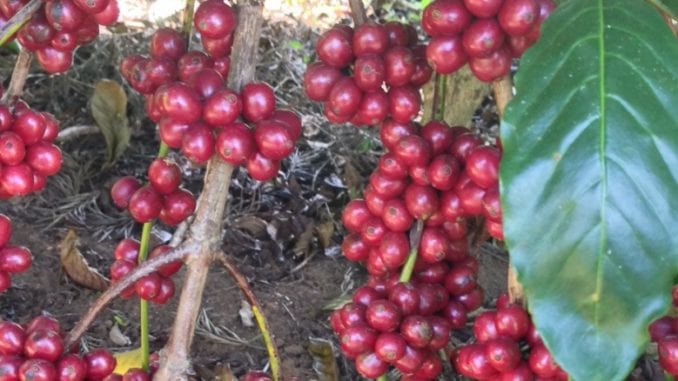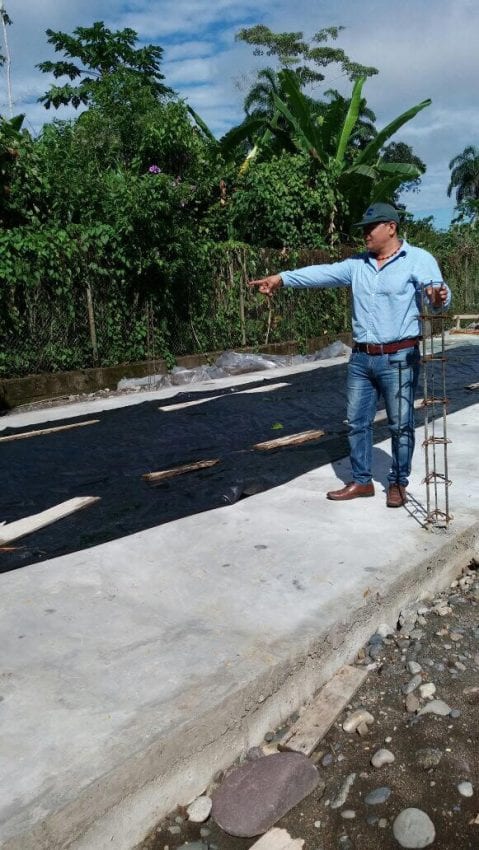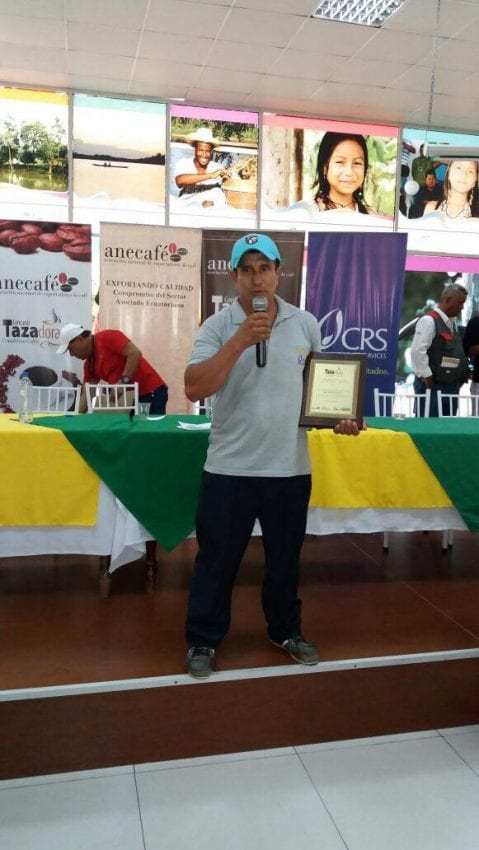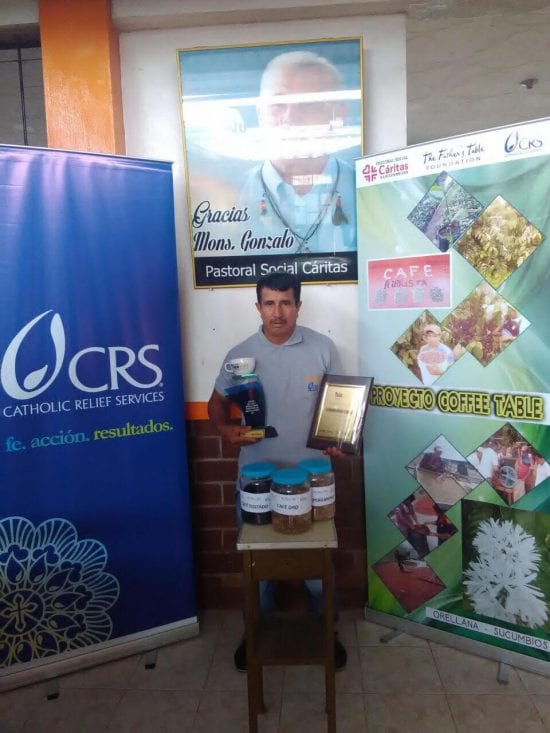
The second-annual Taza Dorada competition in Ecuador recognizes high-quality coffees of the robusta species.
BY CHRIS RYAN
BARISTA MAGAZINE ONLINE
Featured photo courtesy of Kaapi Royale Coffee.
It’s true that the words “robusta” and “quality” may not go together in the minds of many specialty-coffee professionals: Arabica is traditionally associated with specialty coffee, while robusta—the other main species of coffee—has a reputation for possessing an inferior cup quality.
But robusta has some advocates who prize its bold flavors in the cup and see it as a must-have for any espresso blend. “I have always found it very useful, especially in lighter-roast espresso blends, to help improve mouthfeel and reduce the overall acidity of the blend,” says Miguel Meza, owner of Paradise Coffee Roasters.
The species also has its boosters on the coffee-producing side, who see it as an appealing option as global Arabica production becomes increasingly difficult. In a recent post on the Coffeelands blog, Kraig Kraft of Catholic Relief Services made the case for robusta by saying, “the pressures created by the increasing global demand for coffee (especially from developing economies) combined with decreasing areas of suitable Arabica production areas due to climate change means that planting robusta coffee is becoming an attractive, and even necessary, alternative.” Catholic Relief Services has helped to promote higher-quality robusta production through its Coffee Table project, which trains robusta farmers in Ecuador on post-harvest processing to improve coffee quality.

Higher-quality robusta was the focus of the recent Taza Dorada cupping competition for robusta coffee, which took place August 17-18 in Ecuador. Sponsored by Catholic Relief Services and hosted by ANECAFE—Ecuador’s National Association of Coffee Exporters—this was the second-annual Taza Dorada seeking to identify the best robusta.
A panel of five national and international judges evaluated the 34 competing lots, with 25 moving on to the final round. Thirteen of the 25 coffees in the final round came from participants in the Coffee Table project, including the first- and third-place finishers. The first-place lot—from producer Angel Cleotildo Varela Arteaga—scored an 84.30.

While the winning score was similar to last year’s top score of 84.40, organizers said robusta coffees in the region are continuing to improve as producers see that attending training leads to improved quality and in turn higher prices. “There is a need to disseminate on a larger scale the training on crop management, post-harvest, and drying processes, as well as improving the existing infrastructure to carry out these processes,” says Patricio Neptalí Vera Vera from Pastoral Social Sucumbios, Catholic Relief Services’ local partner for the competition. “Producers are realizing that with a better-quality coffee they can earn better prices for their product.”
One enthusiastic producer who took part in this year’s competition is Denise Bustamante, whose family owns the Hacienda Denise farm in Ecuador’s Guava Province. Her coffee placed seventh at Taza Dorada; she says that since her farm is at a lower altitude than other competing farms, her family drew on their creativity to improve quality. “Other farms have better agricultural conditions, but we consider ourselves a cutting-edge farm and are using harvest and post-harvest methods to improve quality,” she says. “We were so happy to receive seventh place, since it confirms that we are getting better!”

While improvements in quality are a boon to robusta growers, the market of “specialty robusta” is definitely in its early stages. We will revisit this topic with another article in the coming days, with robusta experts sharing their views on robusta’s strengths, the potential of the market, and strategies for overcoming challenges.

